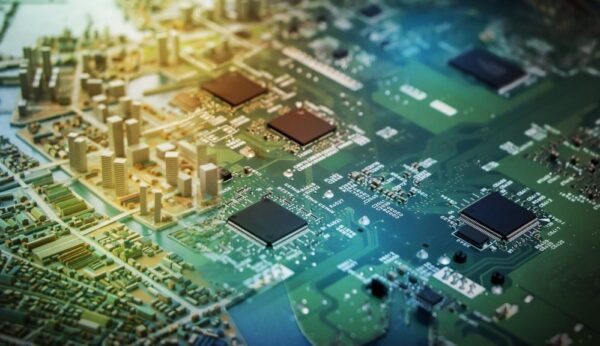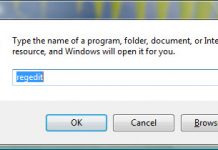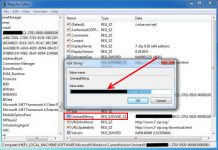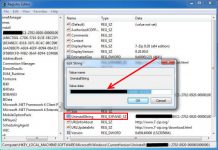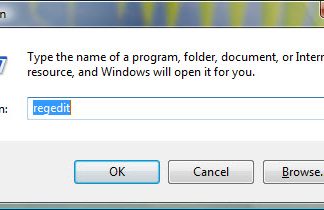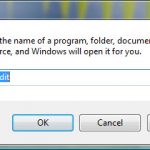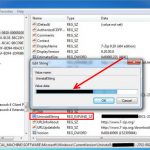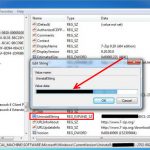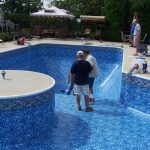Since electronic devices are all around us, we cannot ignore the importance of printed circuit boards. So, our life today is inseparable from electronics, and one very important component is just this board. It is widely known to people as a passive electronic device, but it is also not the clearest process for many people to mount a PCB. Although we can immediately recognize it when we see one. Of course, there is serious work behind it.
They are made of fiberglass, copper wires and various metal parts. There is also a characteristic green as well as small chips well known to everyone. However, do not think that these components are present only for the sake of aesthetics. They also play a serious role and are in an interdependent relationship. So, this design allows them to function using simpler and more complex operations. If you want to know all the details of PCB assembly, continue reading and discover in the rest of the text.
Design
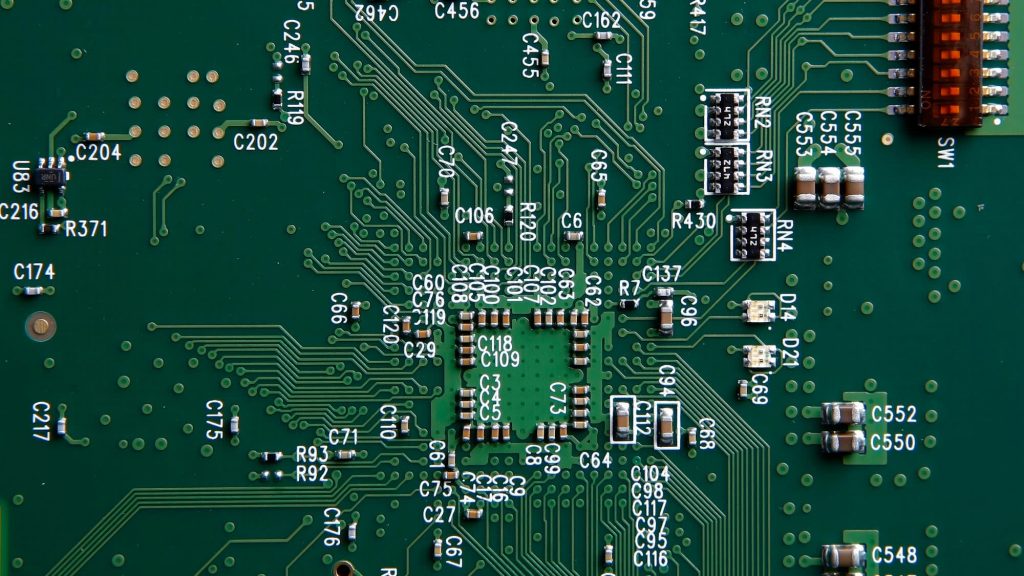
When it comes to the role of PCB design, we present to you a foundation made up of important units. Each of them has a demanding role in the whole process and is indispensable in order for the whole to function. And this refers to the substrate as a base material that gives stability, copper as a thinner layer, the soldering mask that is on top of the copper foil and silkscreen as the final layer of the PCB board.
So, this is the structure of the PCB board, and its main components and materials. It is important to note that they are the same unique and apply to all boards. There is an exception only when it comes to the substrate because it is subject to change. And that depends on cost, flexibility, etc. However, the design of the PCB board is always the same.
Types of PCB boards
When we talk about the type of substrate, we can list three types. It is a solid, flexible and metal plate. First we will say something about a solid base … Its main characteristics are stiffness and thickness, and they are also the most commonly used. Of course, they are not flexible at all and are made mostly of fiberglass. On the other hand, we also have some cheaper materials like epoxy, etc. Flexible substrates are the opposite of them, their flexibility is great and the main material is high-temperature plastic. In the end, the metal base is very similar to the solid one and is used as an alternative. It stands out the most from the others for the rapid spread of heat, and that is its main advantage. In addition to being a more efficient method, it provides great protection to other elements of the board that are not so heat resistant.
Tools
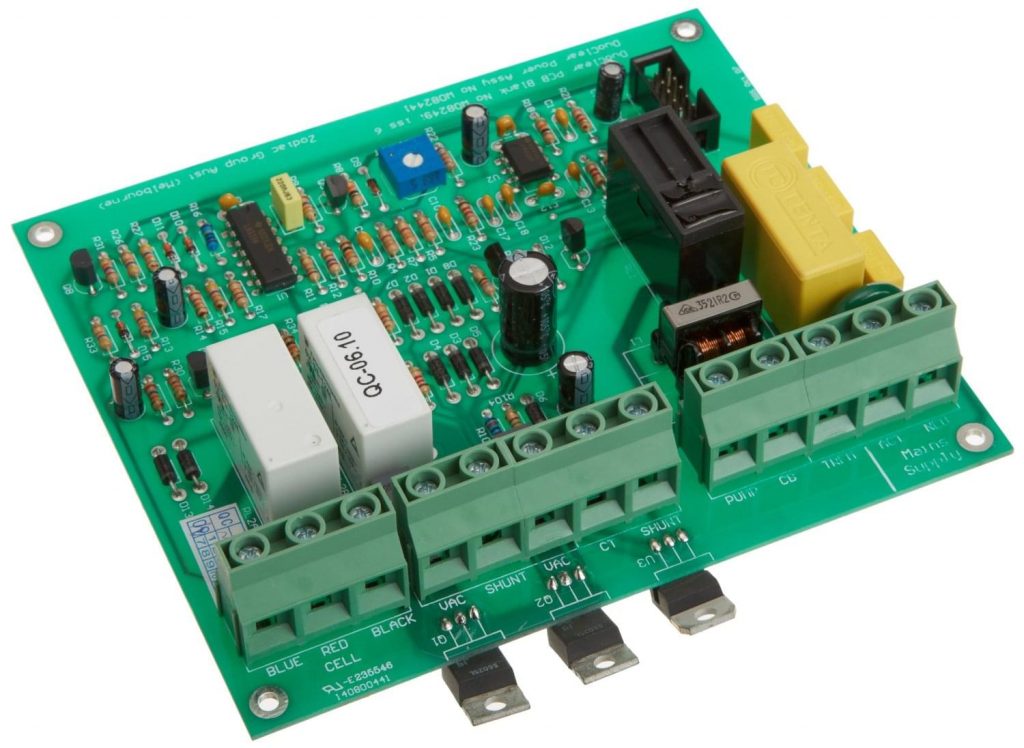
There is a list of things that are necessary when it comes to PCB production. Therefore, in order to mount the printed circuit board, the presence of resistors as electrical components, soldering flux and materials intended for this process, such as wires, rods, etc., are important. Equally important are equipment for wave soldering, soldering stations and testing equipment. For additional information check what experts from pcbonline.com have to say about it.
Techniques
There is a template that is used in every creation, and it involves the use of several techniques. Among other things, it is a stencilling paste that is always the same regardless of the type of base and the rest. So, thin metal is placed on the board. We must note that this process is performed exclusively on the surface on which the components should be mounted later. When this is done, the matrix is removed from the plate. The components are then assembled and can be performed manually or by machine. Depending on whether the plan is to mount through a hole or over the surface of the PCB. This is very short and requires great precision, because there is no room for error.
Soldering is a technique used to join all the components on a board. Of course, an indispensable part is the inspection and quality testing in order to check the functioning of the PCB board. The product then goes through various testing methods, such as manual inspection, accuracy, X-ray inspection and functionality testing.
The basis of production
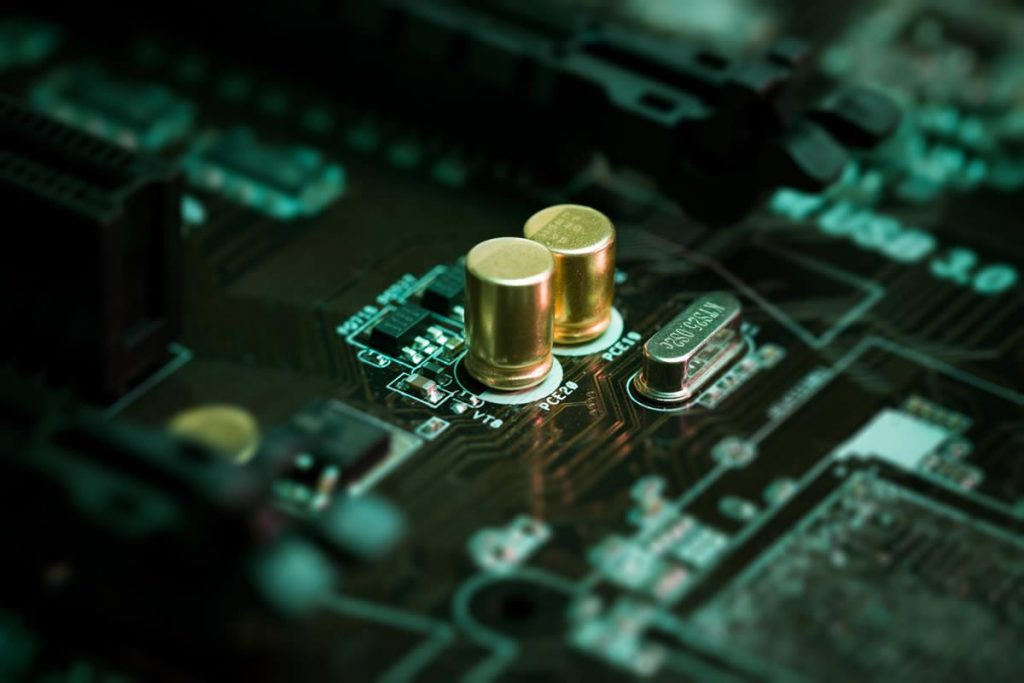
It all starts with a preconceived design. However, the main purpose of the board will be known only after the design begins. Then all the plans will be well considered and the main goal determined. Then a chemical coating is made and a sketch is made of the places where the components should stand. Once this is done, prototype testing can be performed, followed by a phase soldering component on the board. During this process, it is necessary to use tools that are specially designed for this purpose. It is this set of tools that is responsible for the fact that manufacturers prefer to forward the work.
Components
The component assembly process can be performed manually or by wave soldering. These are very small parts that need to be attached through holes in the plate. Wave soldernig is a process that requires a very high temperature where the liquid melts and stays in that form until it creates a wave at a high temperature. The temperature is determined based on the type of solder being weighed. In addition, there is another condition and that is the material. Depending on the choice of material to be used, a specific temperature decision is made. When this process is finished the product is cleaned and tested.
Surface mounting
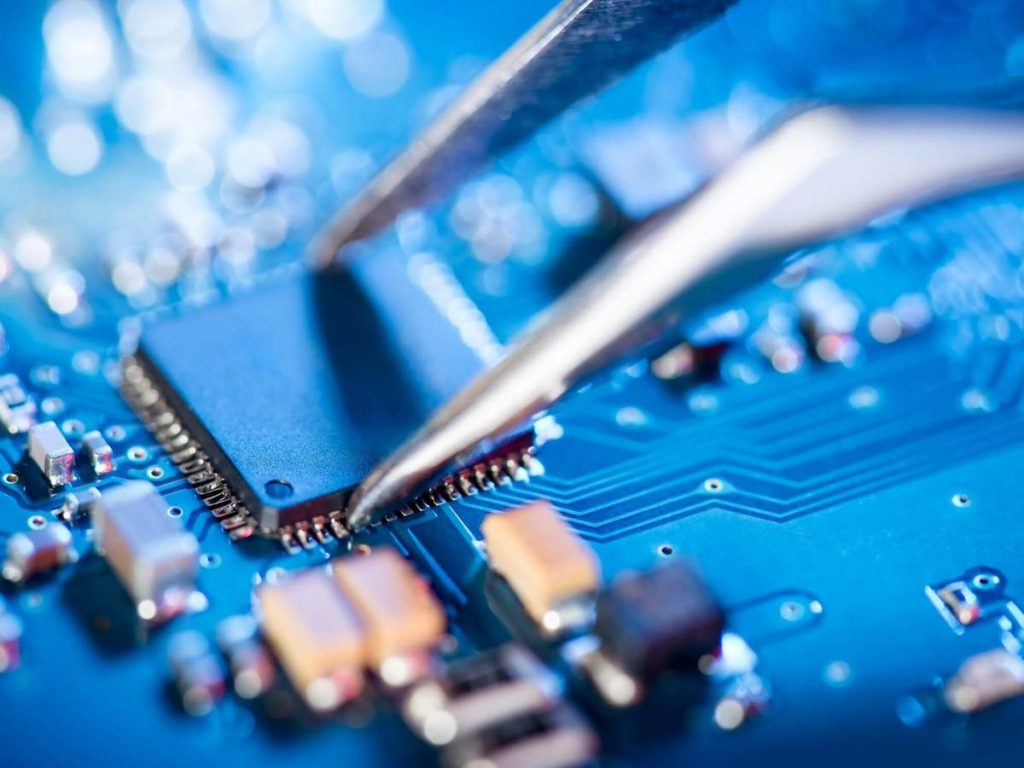
Surface mounting is used exclusively for SMD components. They are known for the fact that they do not have any accessories in the form of cables and therefore can be mounted on the surface. You can see the difference between them and the components that are installed over the hole. Although both processes are performed on the same board, keep in mind that the board has different parts and therefore these operations are used interchangeably. However, mounting on a PCB surface involves smaller components that will not be able to make room for large electrodes.
Conclusion:
So, when it comes to the process of assembling a PCB, it consists of several automated and manual steps. The use of these steps varies depending on the needs of the process. We hope that we have helped you understand the essence of these processes and better understand the process of PCB installation.

